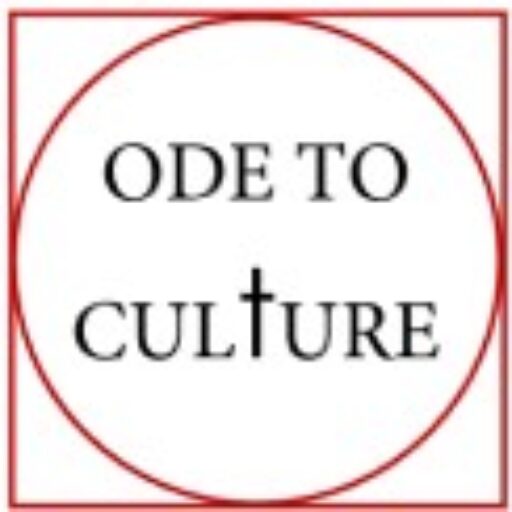Prompt 22: January 1, 2022
I recently heard a new definition, or perhaps a description, for love that rocked my worldview. Love is where multiplicity can become singular without losing the differentiability. This is the image that the Trinity gives us, when conceptualizing God– a harmonious contradiction. In this vision of love there is no negation present when considering the parts that make up a whole; we can consider it a principle of identity.
This is obvious to the engineers in the group, who may be continually fascinated in assemblies of machines and edifices, but this contradiction is often how most people construct reality. The objects of the world are identifiable by this principle. Everyone knows that a beach is made of a myriad of sand particles, but those sands are not stripped of their identity in a corporate recognition of the beach. Instead of a scientific model of reality, which would posit the particularities of an object, a phenomenological leap must be made to give the object an identity. Recall Adam’s task of naming the animals. This may be more relevant when considering something complex like a car. The coherence of the car being a car is its function, which is dependent on thousands of parts. The car may still run without some of the parts, but its identity begins to dissolve the more damage it takes. If you’ve ever had car troubles, you can probably relate that there is a point where you own more of a mess than a vehicle.
When considering our human experience, we consider ourselves loved when we feel valued, as if we are part of something greater than ourselves. To be human is to be part of a family, to be part of a culture that protects that family and its members. As social as we are, recognizing the pattern of love (as described above) as the manner in which people are best situated to be human is how we can understand the Church.
To be united with Christ, as he is united to the Father and the Holy Spirit means that creation is the extension of God as he always is. Being made in the image and likeness of God shows that we are made to love, for love, and ultimately to be love. The latter reality, to be love, we hope to find in Heaven where we will be united with God and his angels and saints. Yet, it is possible to unite ourselves to Christ and his bride now; it is possible to begin our lives as saints here on earth, but only through communion.
The thread is open. Create boldly, and may the Spirit guide us all.
Discussion Questions:
- Do you have people to enjoy life with?
- Where in our culture do we find communal worship?
- We live in the most isolating society of all time. Does loneliness take away from our personhood?
- Is there a difference between community and communion?
- What are some unholy unions that seem to express love?
- Where are your intergenerational bonds strengthened?
- Is this a new way for you to think about love? Where in the broken world can we still witness this love?

